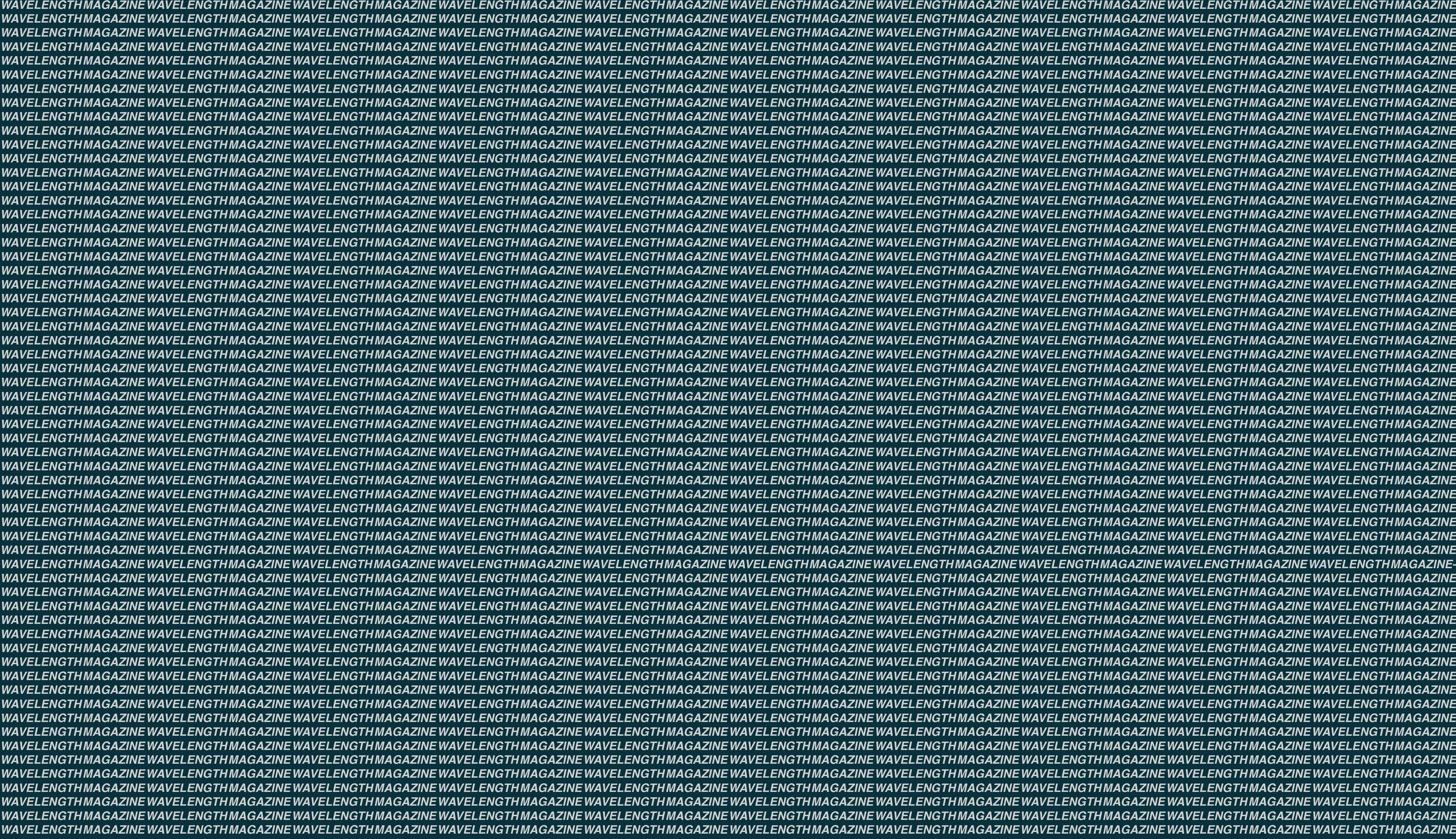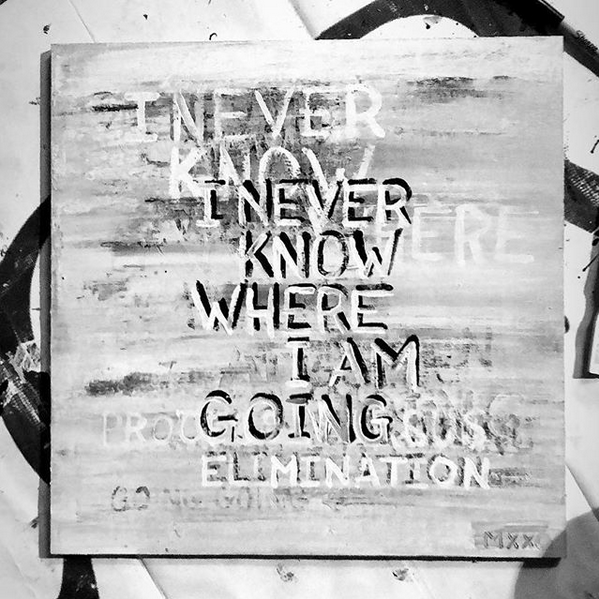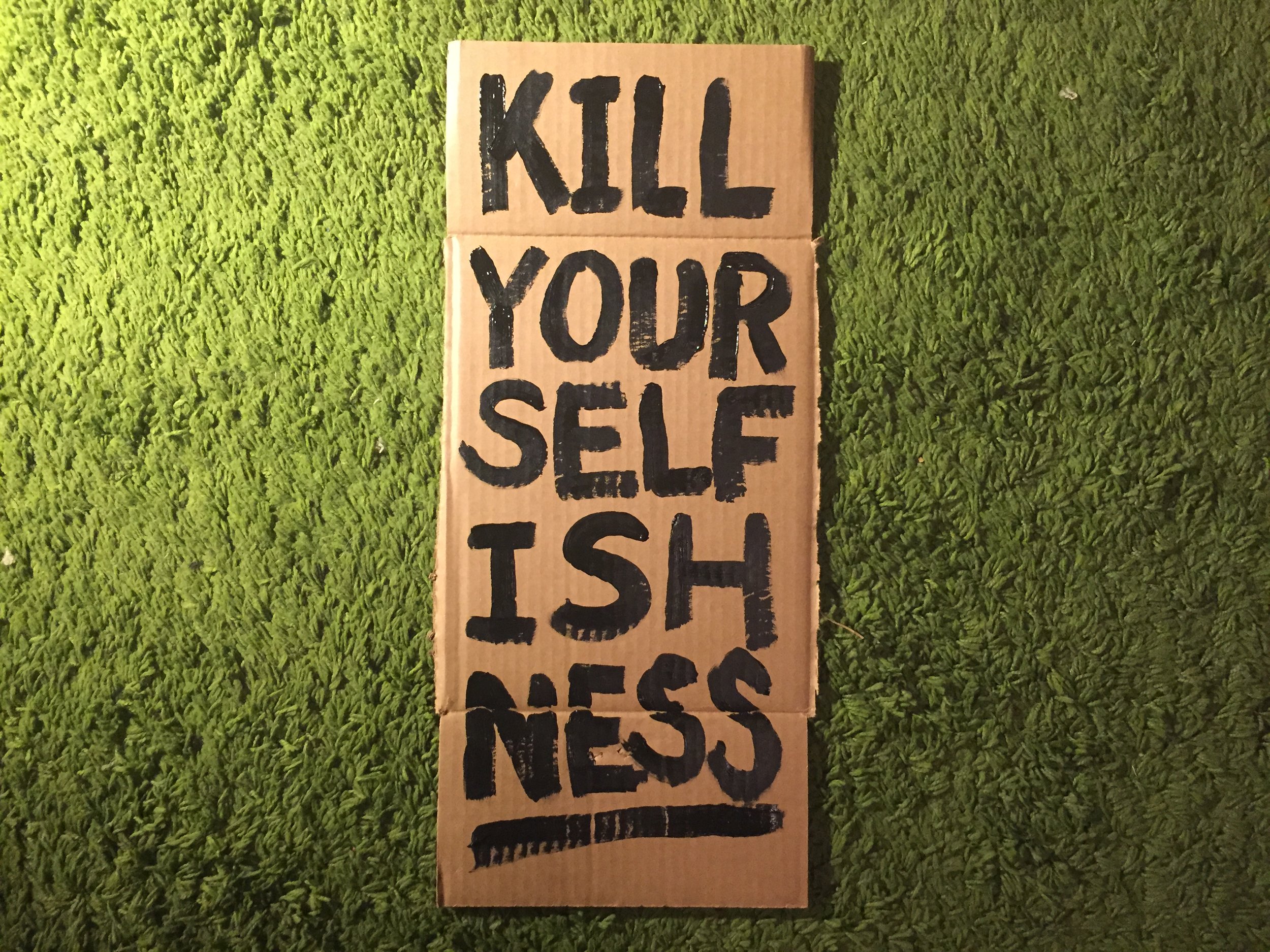Nowhere or Bust | Open House Art Salon
After a successful night at the first Open House Art Salon, curator and artist Emma Seckso, met up with Wavelength to discuss the conceptualization behind Open House and her ideas on “trash art” and the culture of disposability.
Brittany Griffiths | 27 February 2019
“Open House” | photo by Zack Huggins
On Friday, February 15th, over fifty artists, musicians, and patrons gathered together inside an inconspicuous little house in Oak Cliff for the first-ever Open House Art Salon – an event curated by artist Emma Seckso. Though it took less than a month to finalize the details for the event, the idea for a salon-style show was one that she had been sitting on for a long time. Upon reflection, she traces the inception of the idea back to a DIY art venue called Tex Gallery up in Denton. “The TEX Gallery was a place where I knew that I could show up on artist load-in night and whatever I had I could show, and they’d find a place for me to put it. And I’ve had this idea for a long time, wanting to do that with my house.”
Open House featured a line-up of over fifteen local artists, musicians, and performance artists, and the event was in every sense of the word – eclectic. Emma wanted to generate an atmosphere where all artists, regardless of their proclivities for a particular medium or style, would be welcome to show their work. She wanted to create the type of show that she would want to go to – one rich in an abundance of variety but deplete of the all-too-common pretentiousness of a gallery-esque show. After spending years in the DIY circuit up in Denton and collaborating with various artists across the country through fellowships like Project M (Greensboro, AL), she developed a passion for building meaningful spaces for art to exist and function. “I want to provide that outlet for people and provide that space that was given to me,” says Emma.
In the early days of her artistic career, she started out studying graphic design, and, after a series of catalytic life events, began experimenting with found objects and new mediums. “I consider myself an outsider artist, and, really even then, I have a hard time qualifying what I do as art... I think you have to have that doubt in you to drive you forward.” Emma’s journey of self-discovery through her work began in an unexpected way after dropping out of art school, sitting in a dead-end job, and seeing her plan to purchase a house fall through. “All of these influences came together where I was just incredibly frustrated and didn’t have any sort of physical outlet for my art at all. We had all these boxes… because we were about to move... and there was just one day when I started ripping the boxes up, and I took out all of my old paints and art supplies from school and started writing things that were making fun of myself,” says Emma, “a lot of the early work was just about how bad the work was, like that classic idea that if you make fun of yourself then it takes the power away from the people that would make fun of you.” This move toward free expression and word association was a sharp turn away from her previous artistic inclinations having been long immersed in the aesthetics of graphic design. “I wanted to drop away from that and create something visceral.” This effort to create art in a more reactionary manner resulted in what she describes as an outpouring of her subconscious, or an emotional purge, and in this early experimentation, Nowhere or Bust was born.
Although she had initially planned on throwing out the early work, a slow-growing, personal affection for some of the pieces, coupled with the response she was receiving from fellow artists and friends, assuaged the idea. “The original idea was that I was going to paint these things and then throw them away… because these things feel so personal to me,” says Emma, “but apparently they vibrate on a bigger wavelength with other people.” Over time, Nowhere or Bust became the umbrella under which she began exhibiting her work. As Nowhere or Bust took form, she started showcasing her work on social media and setting up shop outside of art festivals. “I’ll just go and fan out a bunch of pieces, and I’ll sell my mystery shirts. The mystery shirts came from the idea that I would be set up outside of these festivals and people would want to buy my pieces,” says Emma, “but the stuff that is objectively trash means something to me, and I wish I still had them.” So in an effort to preserve her work, she decided to purchase a simple, one-color screen-printing press in order to transfer her cardboard text designs onto t-shirts. The shirts, made available for purchase on Nowhere or Bust, play with free word association in handwritten, trite turns of phrase such as "Kill Your Selfishness," "Made to Fail," and "Filthy but Not Rich." And, here again, the mystery shirts have provided her with yet another opportunity to experiment with breaking the rules of typographical convention.
Playing with convention is one of many aspects of art that Emma finds appealing, but the quality she is most attracted to is the accessibility of the form, especially when considered within the context of using social media to illuminate the disposability of her art. “The accessibility of it… finding what I can do within a very limited set. Using a tool [social media] that everyone has access to, but trying to make something unique with it and trying to express myself in a unique way with something that is a mass consumer product, and finding a way that my voice fits into it.” Here, she is speaking primarily of Instagram, the main platform she uses to showcase her work, and even more specifically, of the type tool in Instagram stories. “Part of that is just being completely open with myself,” says Emma, “and having a persona that resonates with people.” Her use of Instagram to showcase her art reflects a desire to carve out meaningful spaces for creativity. It also serves as a great example of how authenticity can be maintained on the platform. This preservation of authenticity has also enabled her to connect with a lot of other artists in and around North Texas. As she began rounding up the artists she wanted to showcase at Open House, she reached out to a lot of people whose work she admired, including some she had never met before. It didn’t take long for her to fulfill her “wish list” of artists, and after just one month of planning, the show had been organized.
I think we can all agree that going to a house show is like flipping a coin – it’s either really good or really bad. Open House was one of the really good ones that you hope and pray you’ll walk into. The layout of the house itself was well-suited for the event, and Emma manipulated the space beautifully, using what seemed like every inch of the house to accentuate the presentation of the artwork. From the entryway and the bathroom to the walls and archways dividing each room – there was art hanging everywhere, each work tastefully paired with the surrounding pieces. New artwork, including a few still drying on delivery, by Alex Saurez, Richard Benavidez, Erica Stephens, Brie Underhill, and Seckso adorned the walls, archways, and mantelpiece of the front room while the living room housed numerous pieces by Gina Garza, Krissy Bodge, Nolan Mueller, and even some from Emma's private collection such as Travis Sykes, Jeremy Biggers, and Dave Patterson. In passing through the curtain that hung beneath a giant handcrafted devil’s head made by Alex Axon, one moved from the front of the house into the kitchen, which served as stage for the musicians and performance artists. The performances throughout the night were no less outstanding than the artwork, with musical sets from Denton-based singer-songwriters Fishboy and West Oxking to the atmospheric, dream-pop of Dallas’ own dvd and performance pieces by Alex Axon, Reivin Alexandria, and Ely Sellers (who, while stuck in a box, managed to maintain a spot-on Buster Keaton-esque deadpan expression). The success of managing a menagerie of moving parts and bringing together so many differing art forms under one roof is a testament to Emma’s hard work and eye for continuity. A lesser person, I’d argue, would not have had the gumption to pull it off. Though there are no plans set in stone for a forthcoming Open House event, she isn’t shying away from the prospects of another show in the future, “I’ve played with the concept of it [Open House] being something that maybe moves, where it’s not always at my place… but I don’t know what the future will hold for it, but as a rule I’m open to all of the universe’s experiences.”
OPEN HOUSE
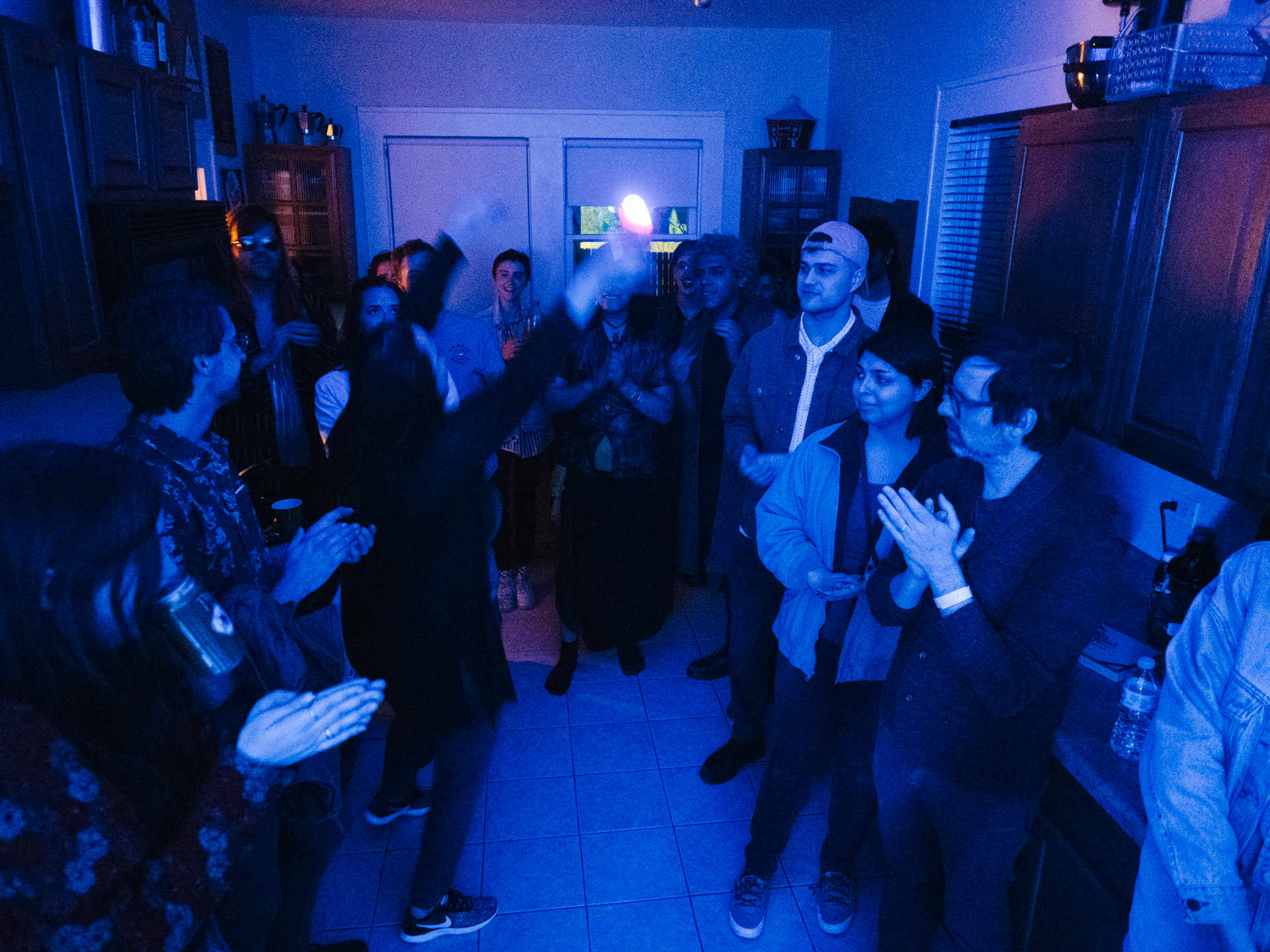
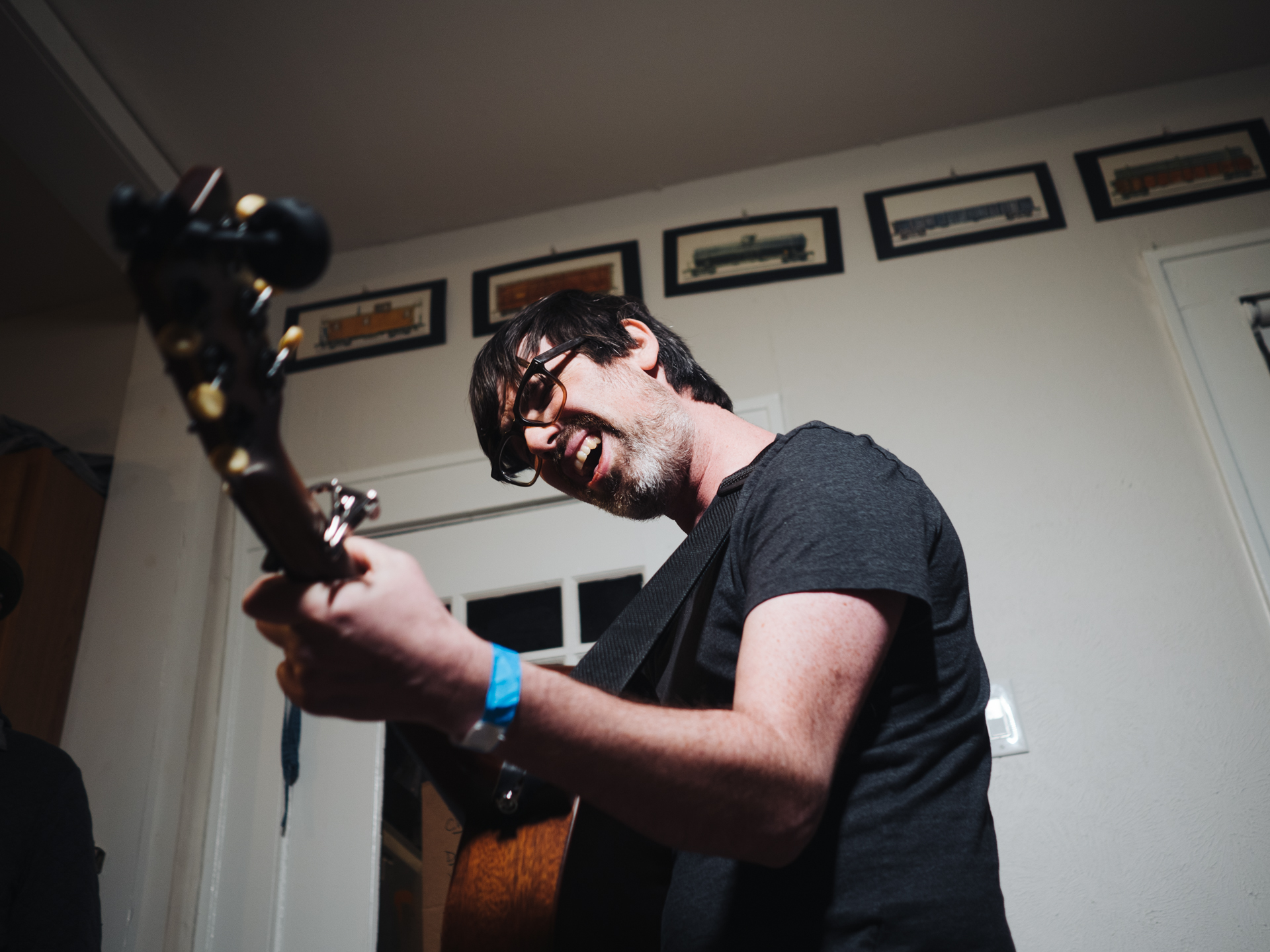

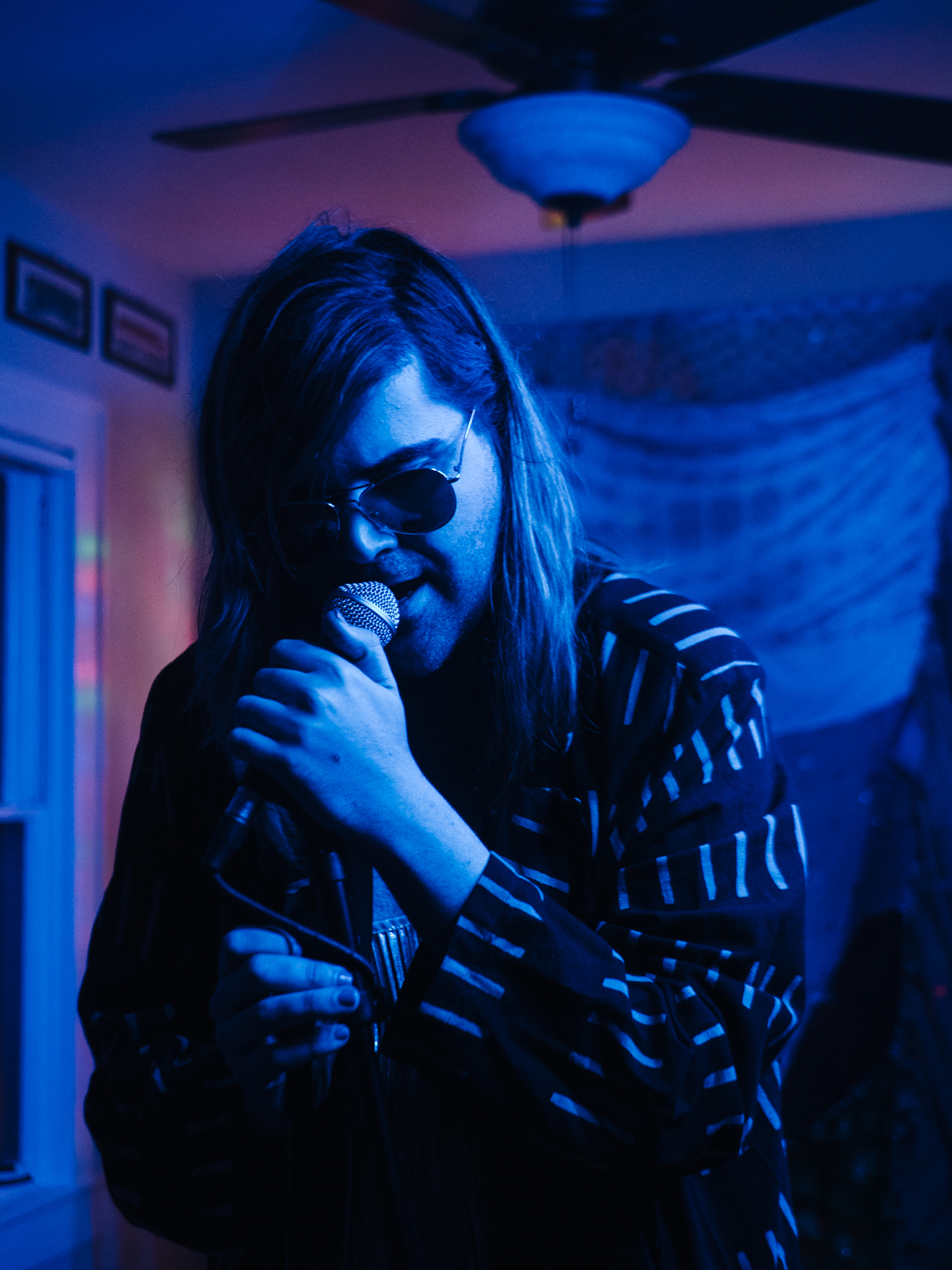
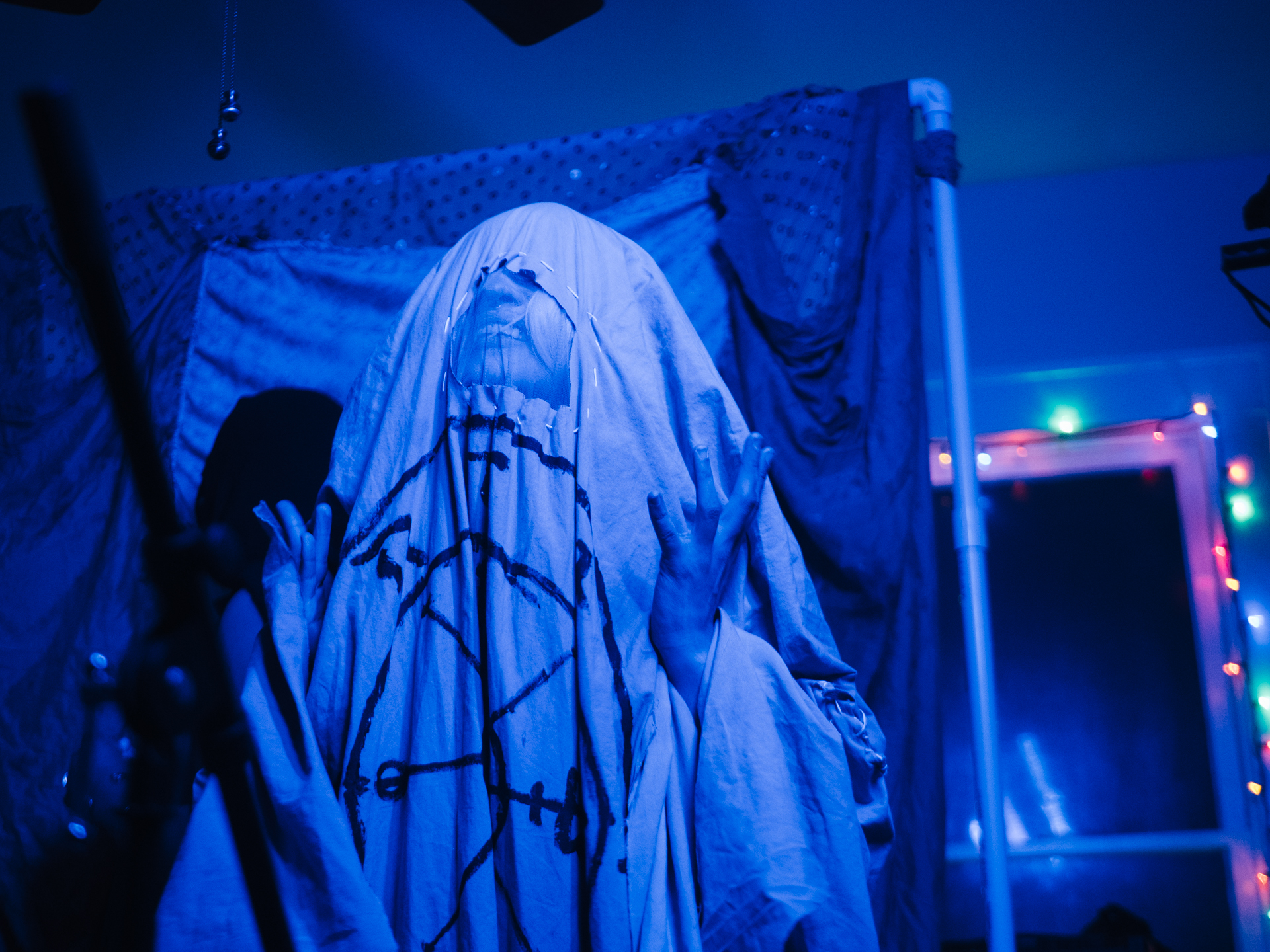
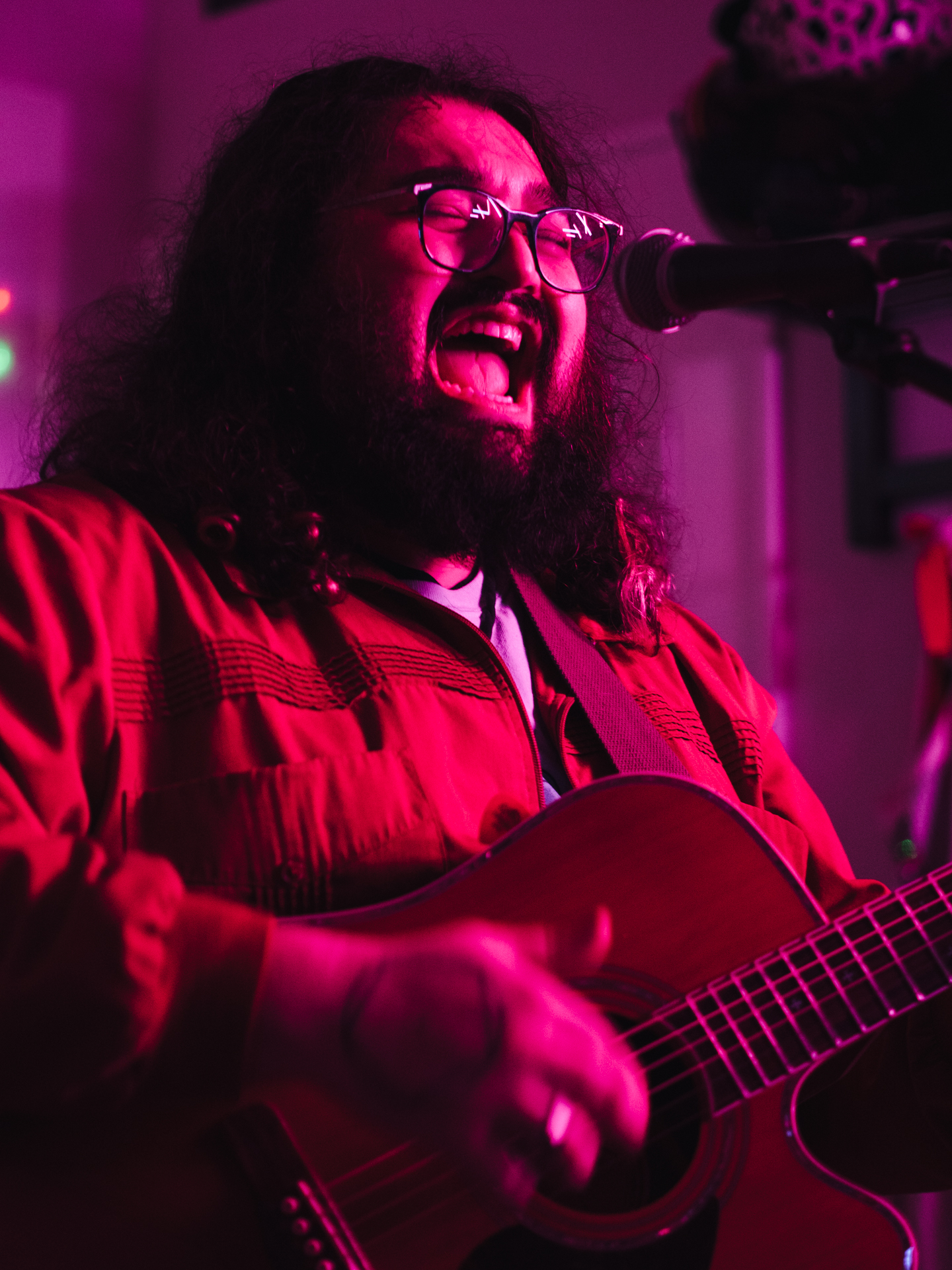
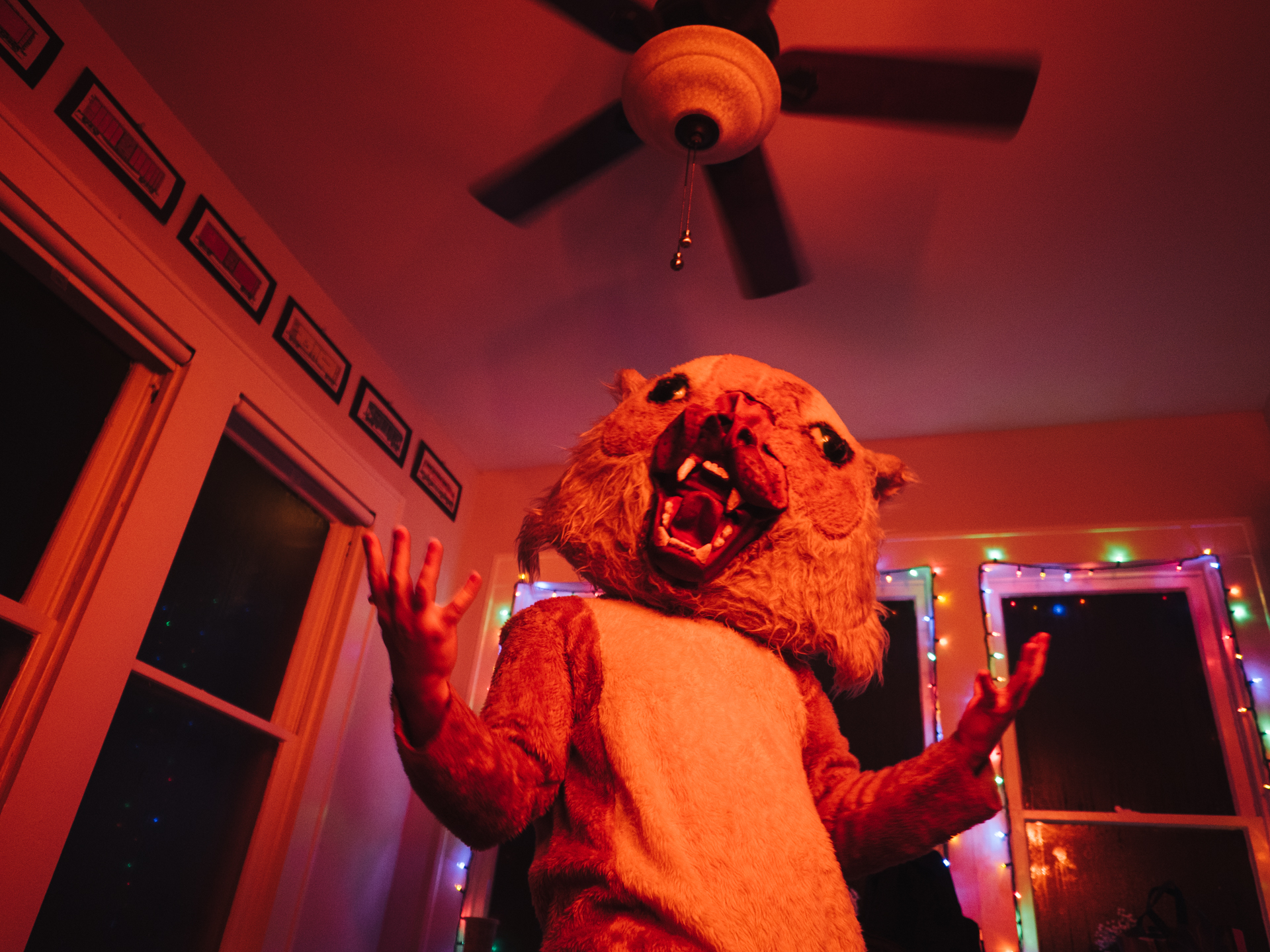
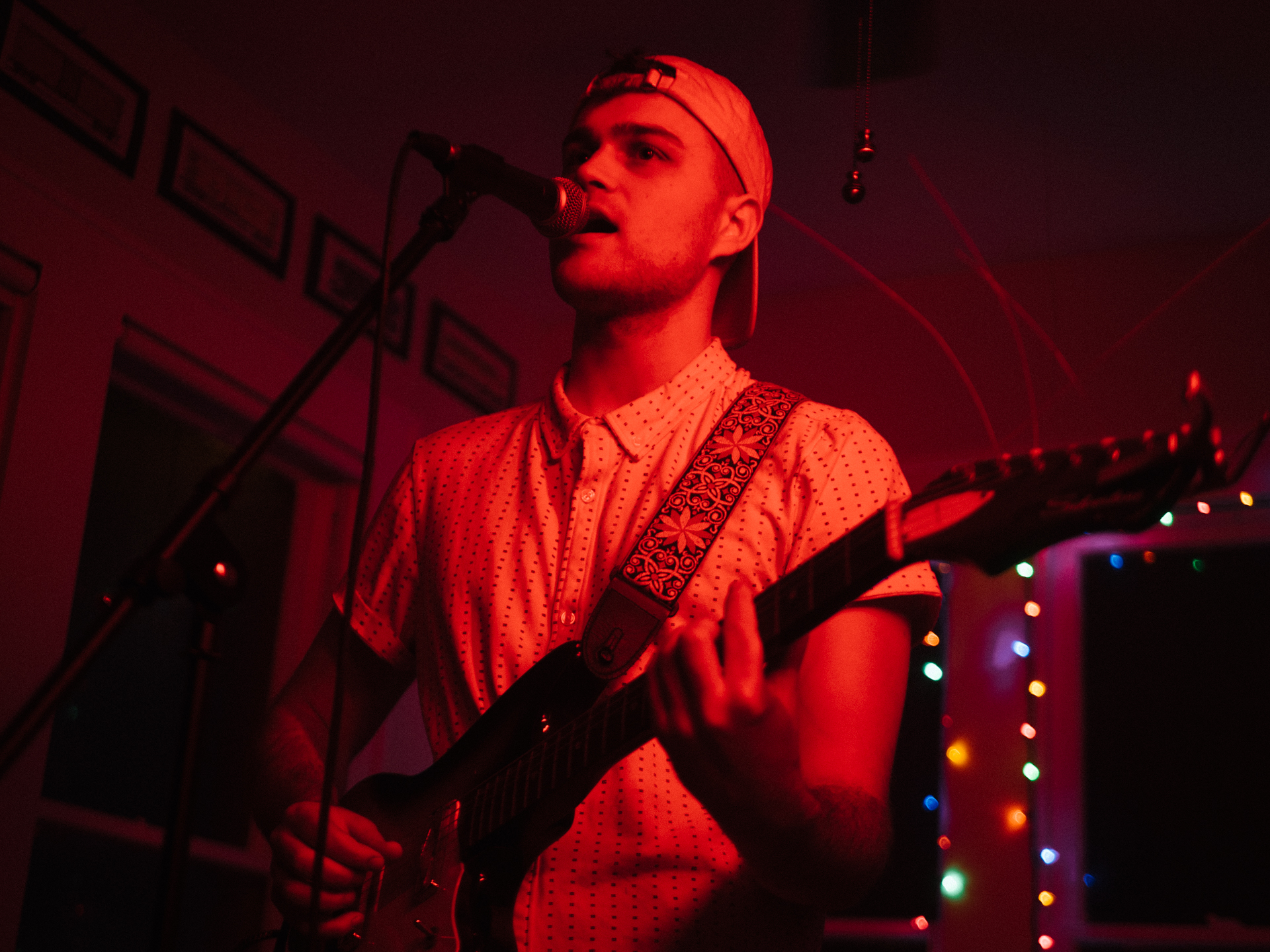


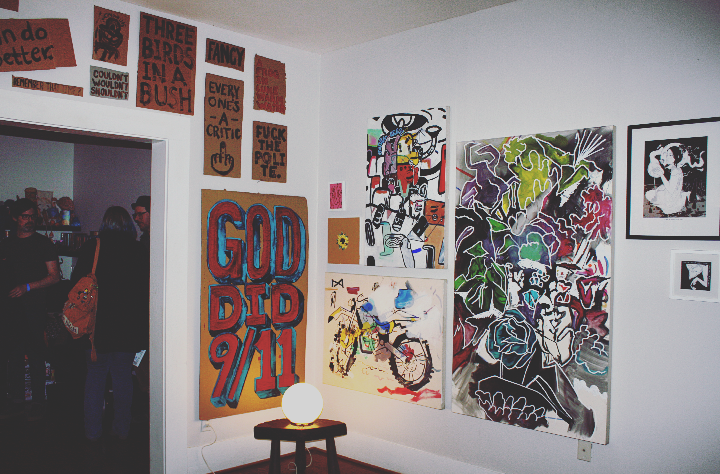
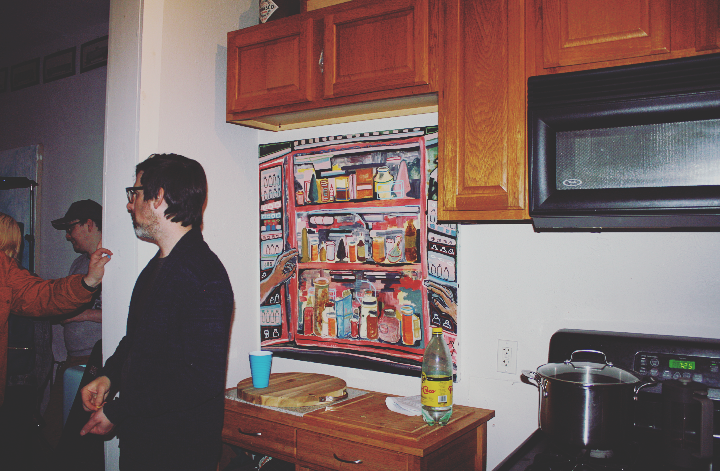
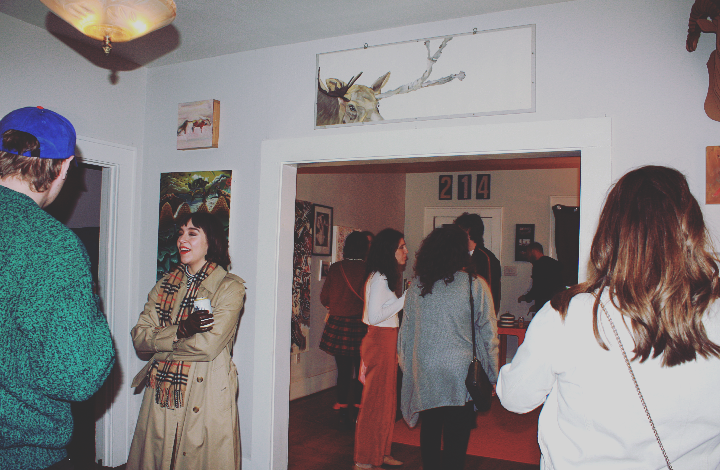

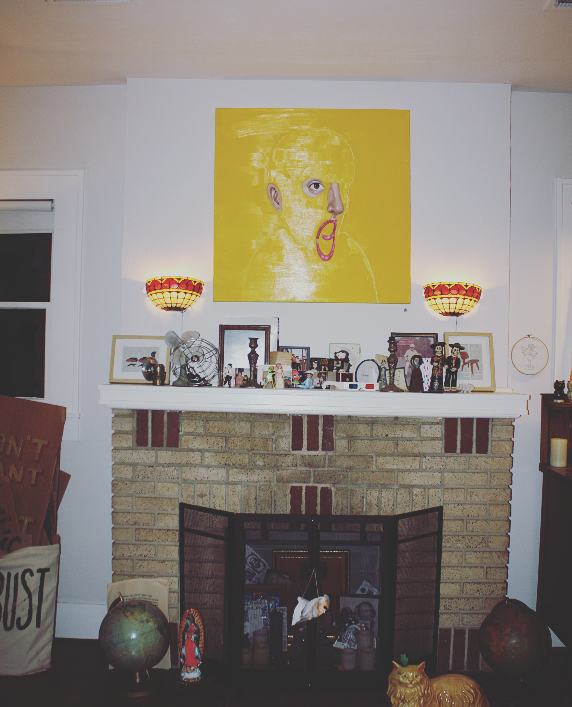
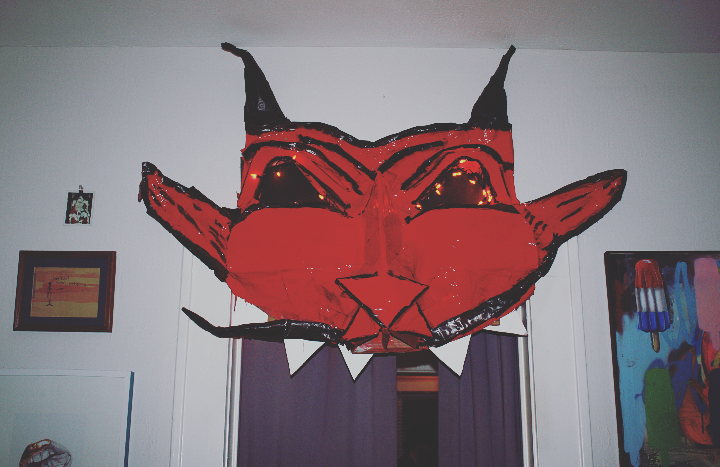

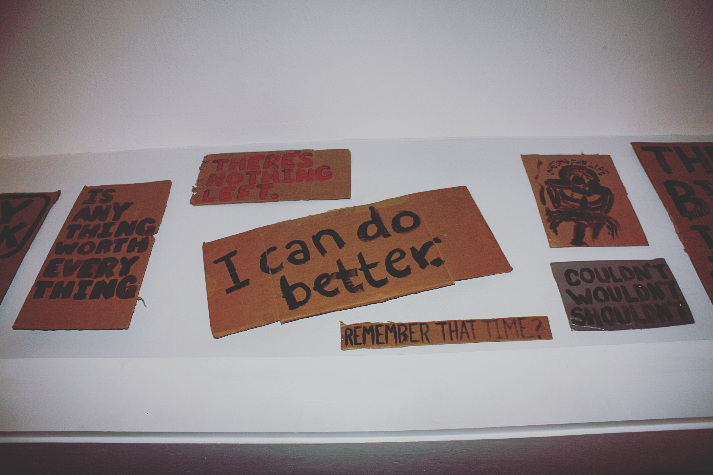
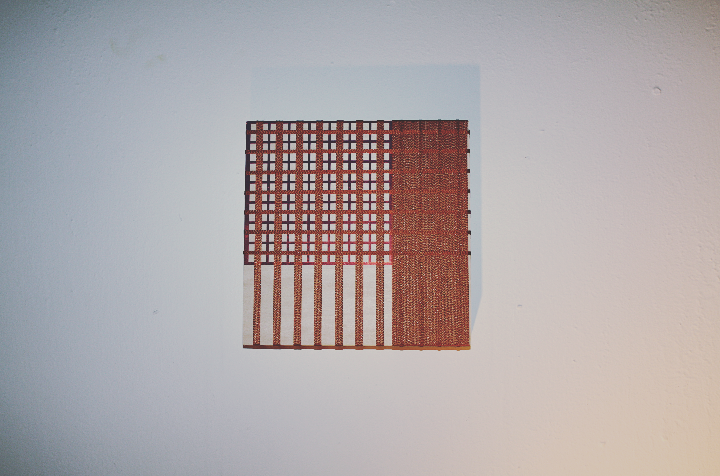
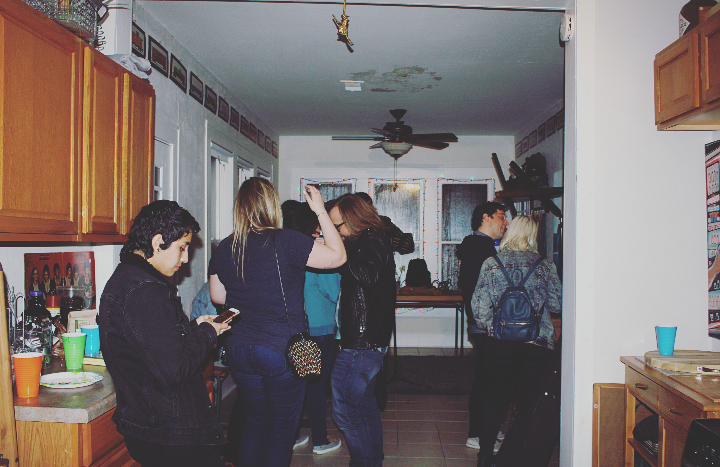
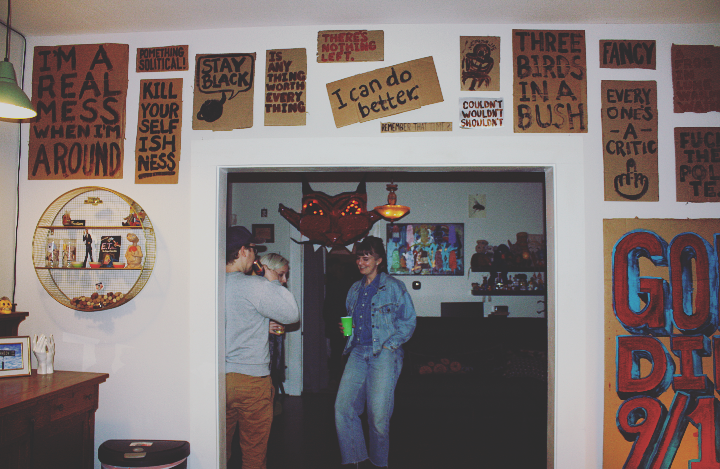
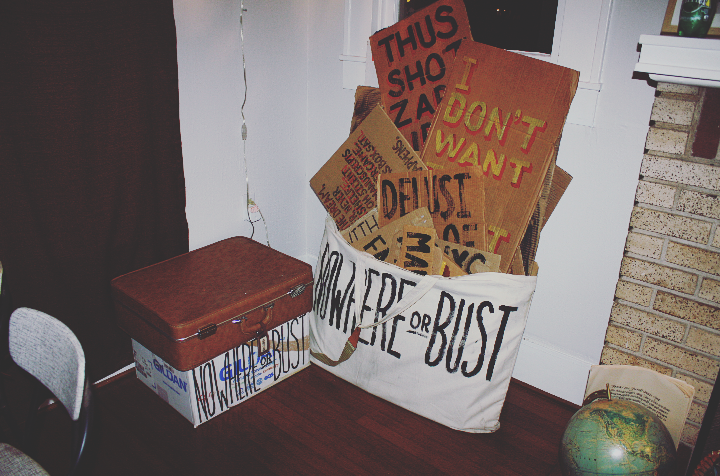

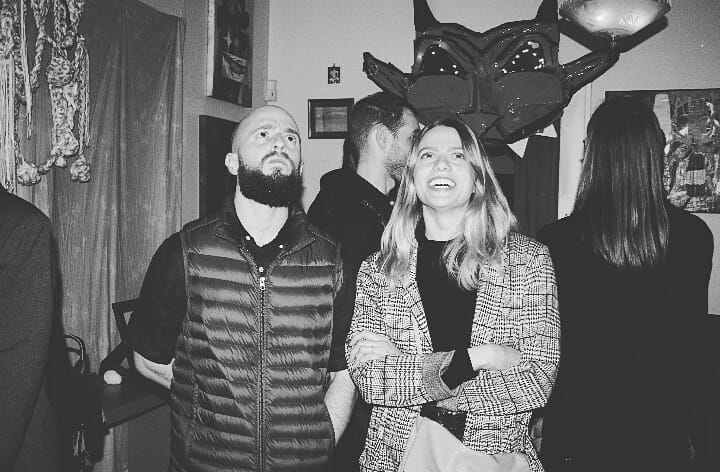


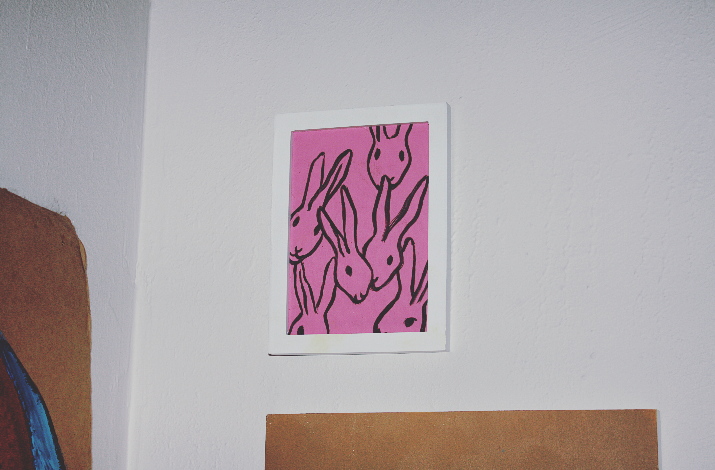
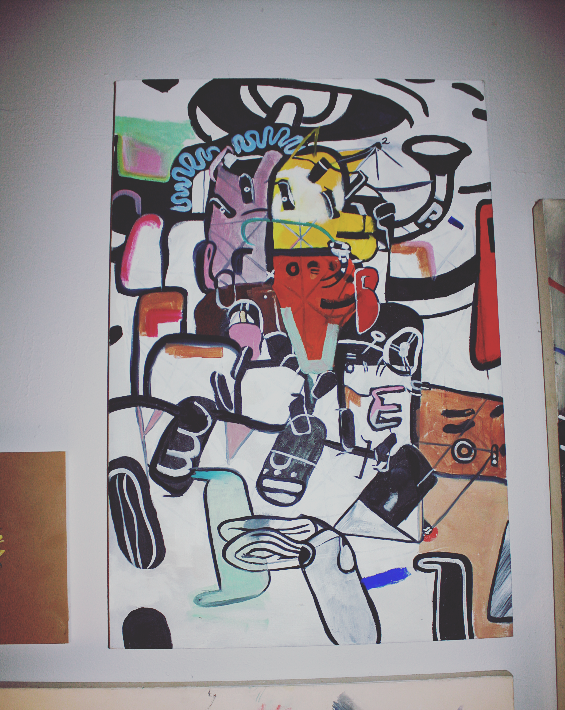
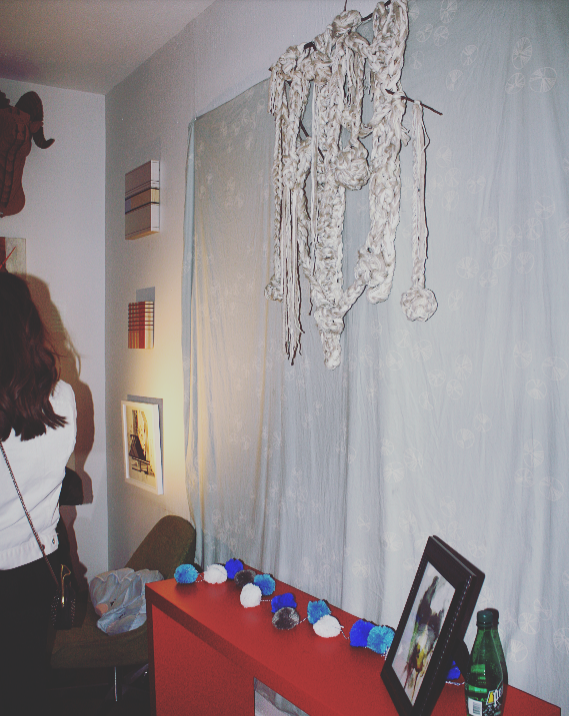
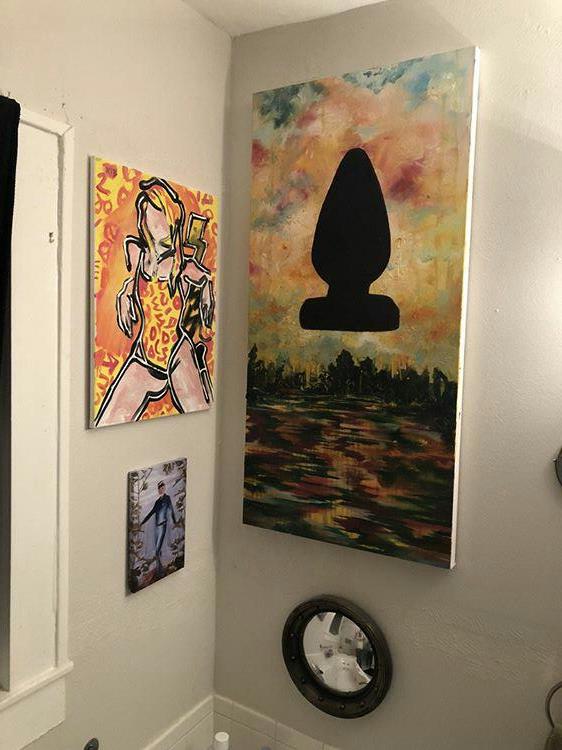
photos by Zack Huggins and Wavelength
Connect with Emma Seckso
Brittany Griffiths is a writer from Dallas, Texas. She is the founder and editor of Spontaneous Afflatus, an independent publishing house that specializes in poetry and short story collections, and she is also the editor of Wavelength Magazine. Her debut collection of poetry titled, Ebb & Flow, was released in 2018. She currently works as the publishing specialist for Mavs Open Press at the University of Texas at Arlington libraries.
Connect with Brittany:

